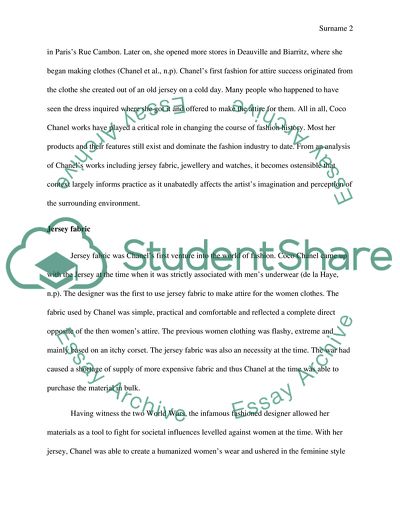Cite this document
(How Context Informed Practice in Coco Chanels Work Coursework, n.d.)
How Context Informed Practice in Coco Chanels Work Coursework. https://studentshare.org/visual-arts-film-studies/1868198-howdoescontext-informpractice
How Context Informed Practice in Coco Chanels Work Coursework. https://studentshare.org/visual-arts-film-studies/1868198-howdoescontext-informpractice
(How Context Informed Practice in Coco Chanels Work Coursework)
How Context Informed Practice in Coco Chanels Work Coursework. https://studentshare.org/visual-arts-film-studies/1868198-howdoescontext-informpractice.
How Context Informed Practice in Coco Chanels Work Coursework. https://studentshare.org/visual-arts-film-studies/1868198-howdoescontext-informpractice.
“How Context Informed Practice in Coco Chanels Work Coursework”. https://studentshare.org/visual-arts-film-studies/1868198-howdoescontext-informpractice.


